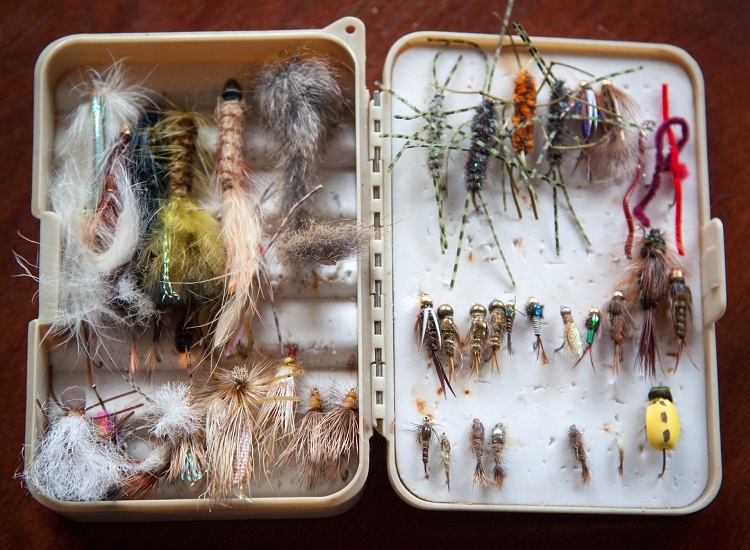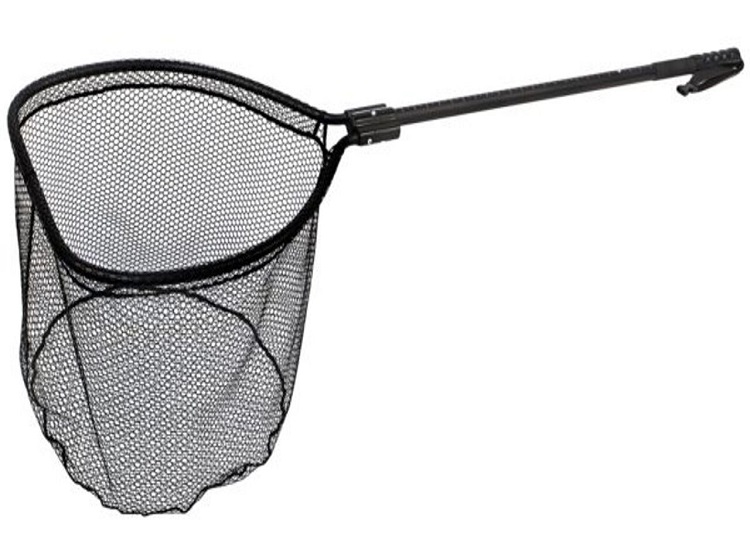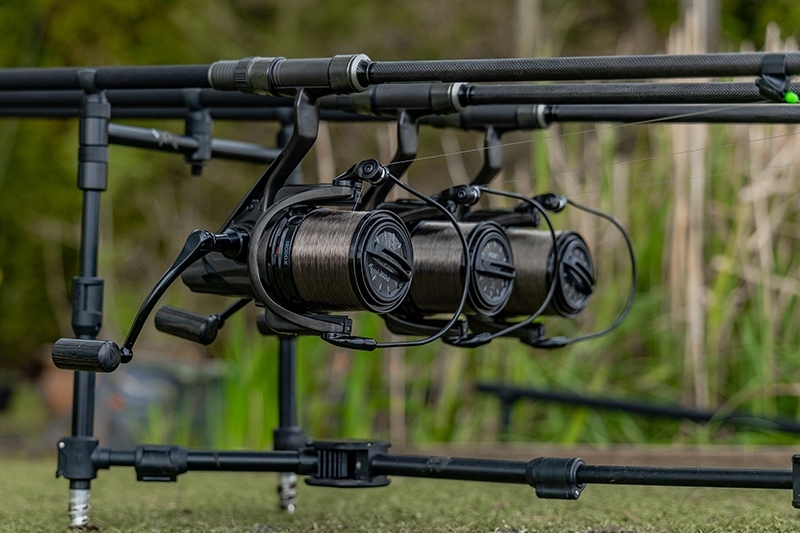Are you looking for a thrilling and rewarding fishing experience? Look no further than specimen carp lakes! These beautiful bodies of water are home to some of the biggest, strongest, and most impressive fish around. But with so many options available, how do you choose the best one for your needs? In this blog post, we’ll guide you through everything you need to know about finding the top specimen carp lakes in your area. From location to bait selection to cooking tips, we’ve got you covered. So grab your gear and get ready for an unforgettable adventure on the water!
Location, Location, Location
The location of a specimen carp lake is crucial in determining the quality of your fishing experience. Look for lakes that are situated in quiet, secluded areas with plenty of natural vegetation and cover. These conditions provide an ideal habitat for carp and increase your chances of catching bigger specimens.
You’ll also want to consider the size and depth of the lake. Larger lakes tend to have a greater variety of fish, while deeper ones can offer cooler water temperatures that encourage carp to feed more aggressively.
Another important factor is accessibility. Choose a lake that’s easy to reach by car or foot, particularly if you plan on making multiple trips throughout the year. Some lakes may require permits or memberships, so be sure to check these requirements before heading out.
Don’t forget about safety concerns when selecting your location. Avoid areas with strong currents or underwater obstacles like rocks or fallen trees that could pose a risk while fishing.
By taking all these factors into account when choosing a specimen carp lake near you, you’ll set yourself up for success on every trip!
The Best Time of Year to Fish
When it comes to fishing for specimen carp, timing is everything. Knowing the best time of year to fish can greatly increase your chances of catching a big one.
In general, spring and autumn are considered the prime seasons for carp fishing. During these times, the water temperature is ideal for spawning and feeding activities. Carp tend to be more active during these seasons, making them easier to catch.
However, summer and winter can also offer great opportunities for carp fishing. In summer months, early mornings or late evenings when temperatures are cooler can be productive times to cast your line. In winter months, look for areas with warmer water temperatures such as near power plants or other sources of warm water runoff.
It’s important to take into consideration weather patterns as well when planning your fishing trip. Overcast days with light rain can provide optimal conditions for catching carp.
Remember that every location may have its own unique peak season based on local factors such as climate and lake conditions. Do some research on specific lakes in your area before heading out on your next specimen carp fishing adventure!
What Type of Carp Are There?
When it comes to carp fishing, there are a variety of species you can encounter. The most common type of carp found in specimen lakes near me is the common carp (Cyprinus carpio). This fish has a dark brown/green body with large scales and tends to be quite heavy, making for an exhilarating catch.
Another popular species among anglers is the mirror carp. These fish have distinct scales that look like mirrors and tend to weigh more than common carp. They can grow up to 50 pounds or more!
In addition to these two types of carp, there are also leather carp, which have a smooth skin without any scales. Grass carp are another type commonly found in lakes but they primarily feed on vegetation rather than typical bait used by anglers.
Koi fish may also be present in some lakes. While similar in appearance to common and mirror carp, koi tend to be domesticated and bred for ornamental purposes rather than as gamefish.
No matter what type of carp you end up catching during your next fishing trip, each one presents its own unique challenge and thrill for anglers!
The Best Bait for Carp Fishing

Choosing the right bait for carp fishing can make all the difference between a successful day on the water and going home empty-handed. Carp are known to be opportunistic feeders, which means they will eat almost anything that looks like food. However, using the best bait for carp fishing can help you attract bigger fish and increase your chances of catching more.
One popular type of bait is sweetcorn. This simple yet effective option is inexpensive and readily available at most grocery stores. You can either use it straight out of the can or add some flavoring to it.
Another option is boilies, which are small balls made from a mixture of ingredients such as flour, eggs, and flavorings. Boilies come in different sizes and flavors so you can choose one that best matches what carp are feeding on in your area.
For anglers who prefer natural baits, worms or maggots work well too. They’re easy to find and relatively cheap compared to other options.
If you want something that stands out from other baits in your area then try using flavored dough balls or pellets specifically designed for carp fishing.
When choosing bait for carp fishing always keep in mind weather conditions along with location since both greatly affect how effective certain types of bait may be at attracting fish into biting mode!
How to Prepare Your Carp for Cooking
Preparing your carp for cooking can be easy, and there are various ways to do so. The first step is to clean the fish thoroughly by removing the scales and gutting it. You can use a sharp fillet knife or scaler to scale the fish, making sure you don’t leave any scales behind.
Once you have removed all of the scales, it’s time to gut the carp. Make a cut from just below the gills down towards its vent using a sharp knife. Remove all of its internal organs, including its liver and kidneys.
After cleaning your carp properly, rinse it under cold water before patting it dry with paper towels or a clean kitchen towel. This will help remove any remaining debris that may have been left behind during scaling and gutting.
You can cook your carp in many ways such as baking, frying or grilling it depending on personal preference and taste buds. Many people prefer simple seasoning such as salt and pepper while others like adding lemon juice or garlic for extra flavor.
Cooking times vary based on size but generally speaking most Carp species take around 10-15 minutes per inch at 350°F (180°C). It’s important not to overcook Carp which can cause it to become tough; instead aim for moistness inside – this ensures maximum flavour!
Conclusion
Finding the best specimen carp lakes in your area can be a challenging task, but it’s definitely worth the effort. With this guide, you now have all the information you need to get started on your search and enjoy a successful fishing trip.
Remember to consider location when searching for a lake as well as the time of year and types of carp available. Additionally, understanding what bait is most effective can increase your chances of catching a big one!
Don’t forget about preparing and cooking your catch. Carp can be delicious if prepared correctly! So grab your gear and head out to one of these great specimen carp lakes near you for an unforgettable fishing experience. Happy angling!






